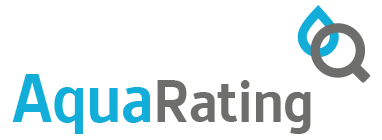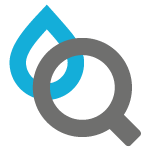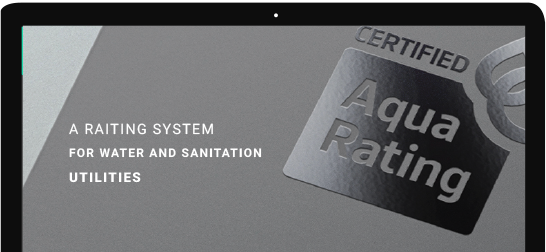AquaRating
What is AquaRating?
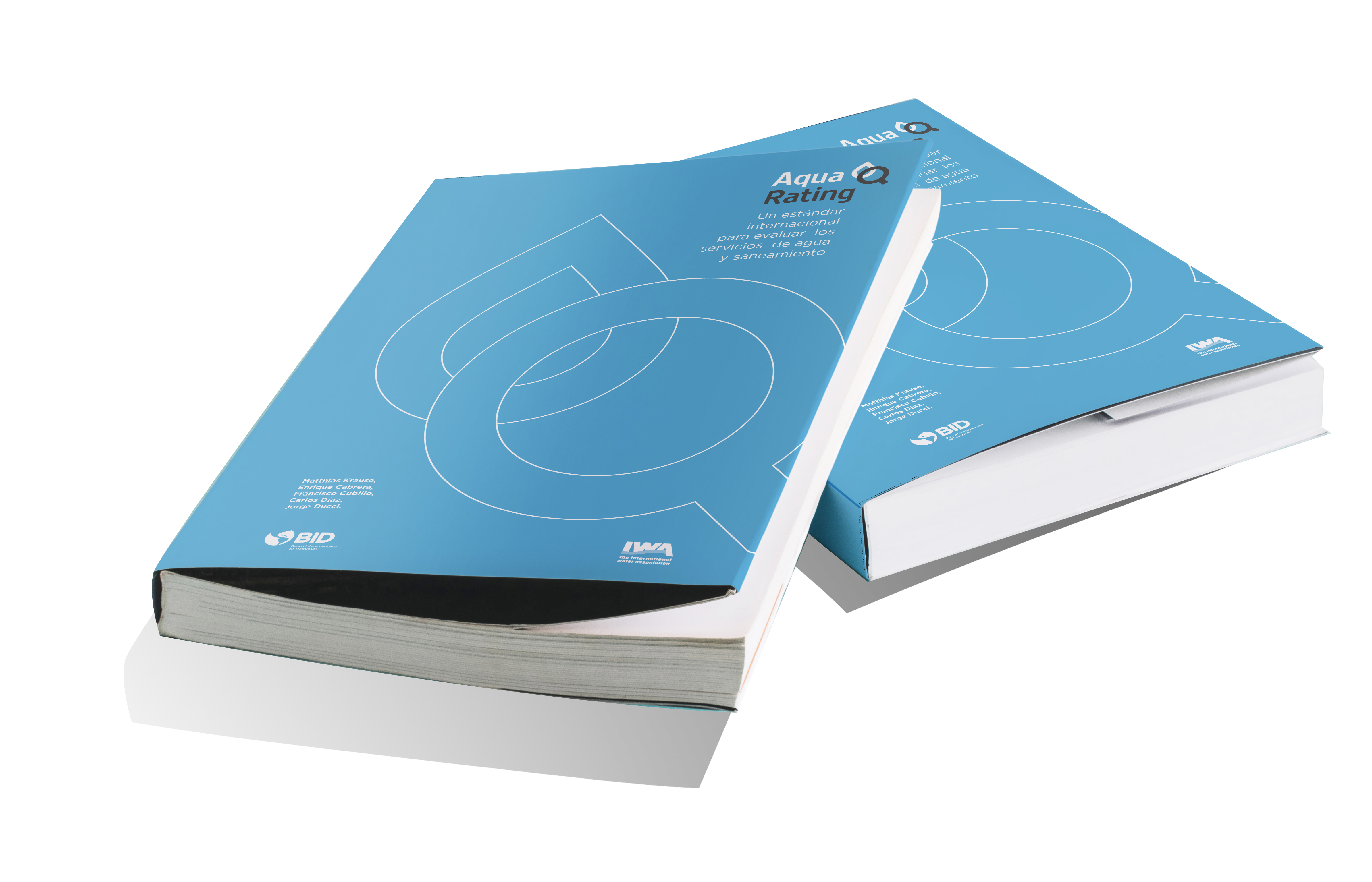
What is AquaRating?
AquaRating is a system based on an international standard for the evaluation and improvement of water and sanitation utilities. (Download AquaRating)
AquaRating offers a comprehensive and impartial evaluation of the utilities’ performance, based on indicators, best practices and reliable information. The basic goal of the rating system is evaluating the water and sanitation services in an integrated way through several assessment elements organized in 8 areas, providing a rating in each one of them.
The rating system fosters internal initiatives within the organization related to:
Change Management
Strategic Planning
Innovation
Knowledge Management
Continuous improvement
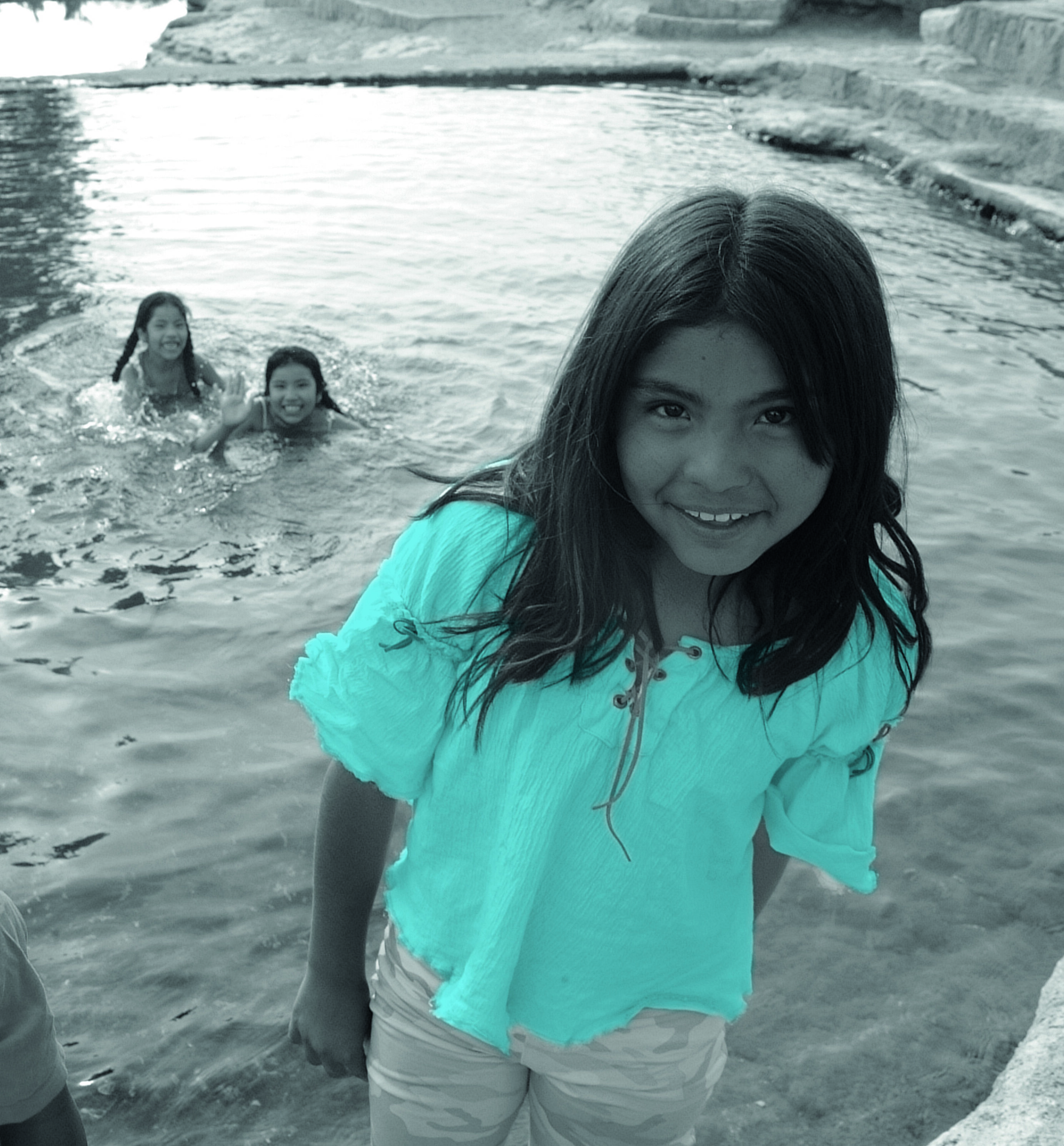
AquaRating was originated in 2008 by the Inter-American Development Bank (IDB) and developed in close collaboration with the International Water Association (IWA), with the main goal of strengthening the water and sanitation sector around the world. The AquaRating Progam is funded by AquaFund
The main users of AquaRating are water and sanitation utilities. Nevertheless, the system is also useful for other stakeholders, such as financial institutions, development agencies, regulators and public authorities. (See results 2019)
Benefits for water and sanitation utilities
Integral evaluation of all areas and processes for water and sanitation utilities
Access to a living knowledge framework that fosters continuous learning for the performance sustainable progress
Identification of areas of improvement within the organization
Implementation of quick wins using the organizations' own team and resources
Incentive to develop initiatives related to change management and continuous improvement
Positive impact in organizations which contributes to foster reputation and acceptance
Development of synergies with governments, regulators and development agencies for the promotion of policies or improvement programs, supported by an international standard endorsed by the IDB and the IWA
Integral evaluation of all areas and processes for water and sanitation utilities
Evaluation Areas
Service Quality
Evaluates the quality of the drinking water, the distribution process, the wastewater collection and the customer service.
Investment Planning and Implementation Efficiency
Evaluates the planning process, the asset management efficiency, the investments, the emergency plan and the research and development process.
Operating Efficiency
Evaluates the water resource management efficiency, the use of energy, the infrastructure management and the operational and maintenance cost efficiency.
Business Management Efficiency
Evaluates the strategic planning process, the management control systems, the organizational structure, the human resource management and the procurement management.
Financial Sustainability
Evaluates the overall financial sustainability, the financial management, the billing effectiveness and the customer management process.
Access to Service
Evaluates the guaranteed access to service, to drinking water and to wastewater collection.
Corporate Governance
Evaluates the decision-making process, the utility autonomy, the transparency and the control methods
Environmental Sustainability
Evaluates the environment management; the availability of wastewater treatment infrastructure, the energy consumption balance, the greenhouse gas emissions and the compliance with environmental regulations.
Certification
AquaRating Certification Cycle
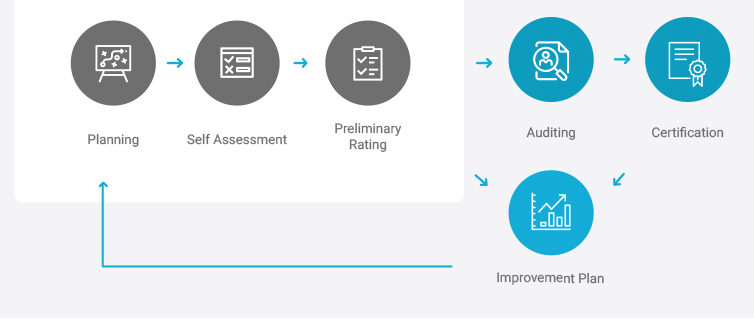
The AquaRating Team supports the utility during the process
Additional information
What is the minimum rate required for the AquaRating?
The objective of the rate is to identify main gaps and opportunities for improvement in all areas of the organization. Therefore, the objective is to focus on the AquaRating process regardless of the rating obtained.
What is the AquaRating Certification?
The AquaRating Certification is an accreditation issued by the IDB and the IWA, which ensures that the AquaRating process has been completed by a water and sanitation utility after being audited by a third party. It has a validity of 3 years.
How long does the AquaRating take?
The time required to complete the AquaRating varies in each case, considering the availability of the information and the documentation required.
Generally, the Preliminary Rating Cycle can take from 3 to 4 months and the Certification Cycle from 6 to 7 months.
How much does it cost to implement the AquaRating?
An evaluation of each case is necessary to evaluate total cost of the process, as well as the financing mechanisms or subsidies that could apply in each country or region.
When can I start the AquaRating?
The AquaRating can be started at any time, although it is recommended to start the process the first semester of the year in order to evaluate the immediately preceding year
Where has the AquaRating been implemented?
AquaRating has been implemented in countries such as Argentina, China, Colombia, Ecuador, Spain, El Salvador, Fiji, Sierra Leone, Jamaica, Mexico, among others.
Where can I get more information about AquaRating?
To start the AquaRating process, please contact a representative of the IDB or the IWA in your country or through the website www.aquarating.org
